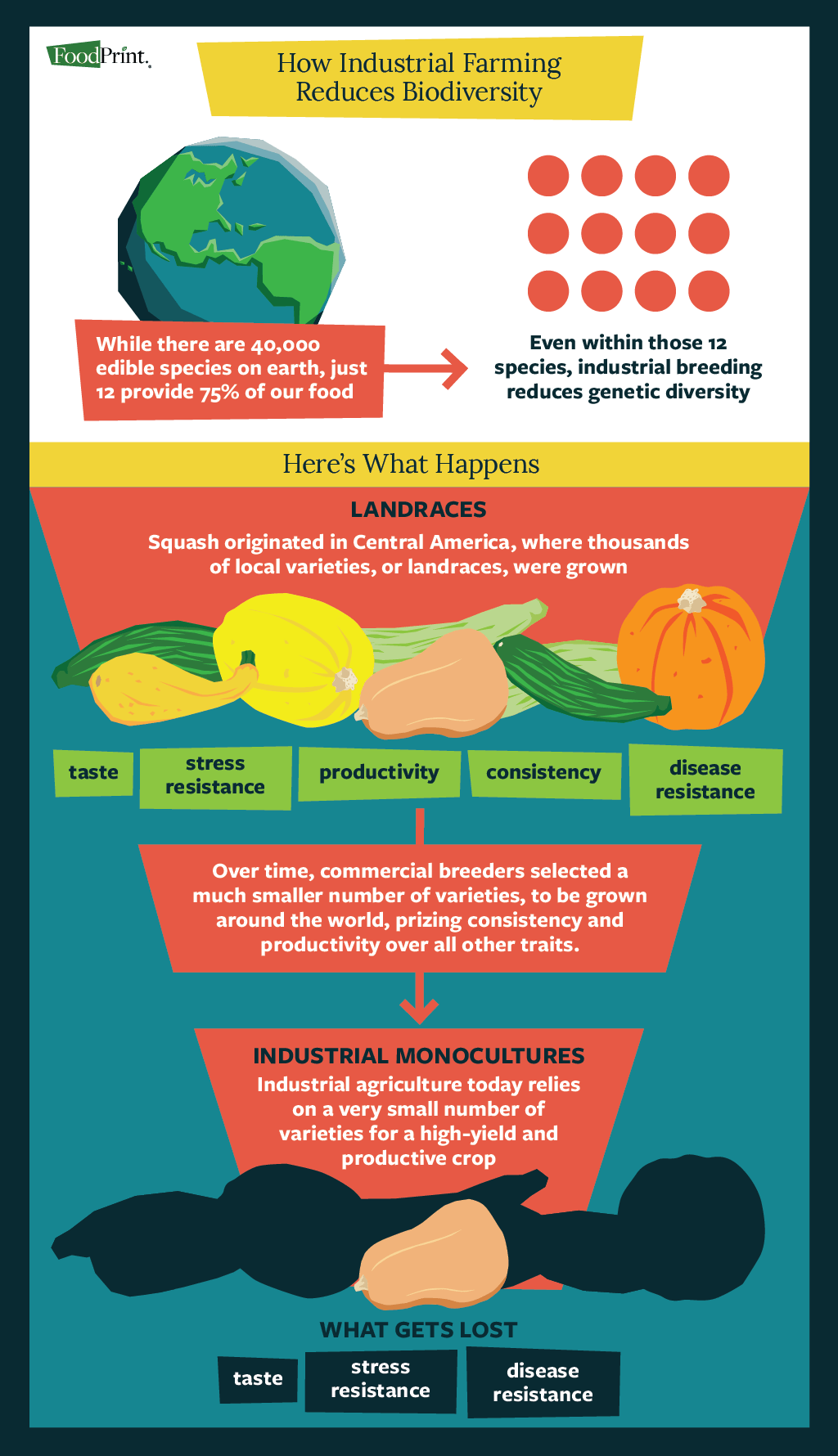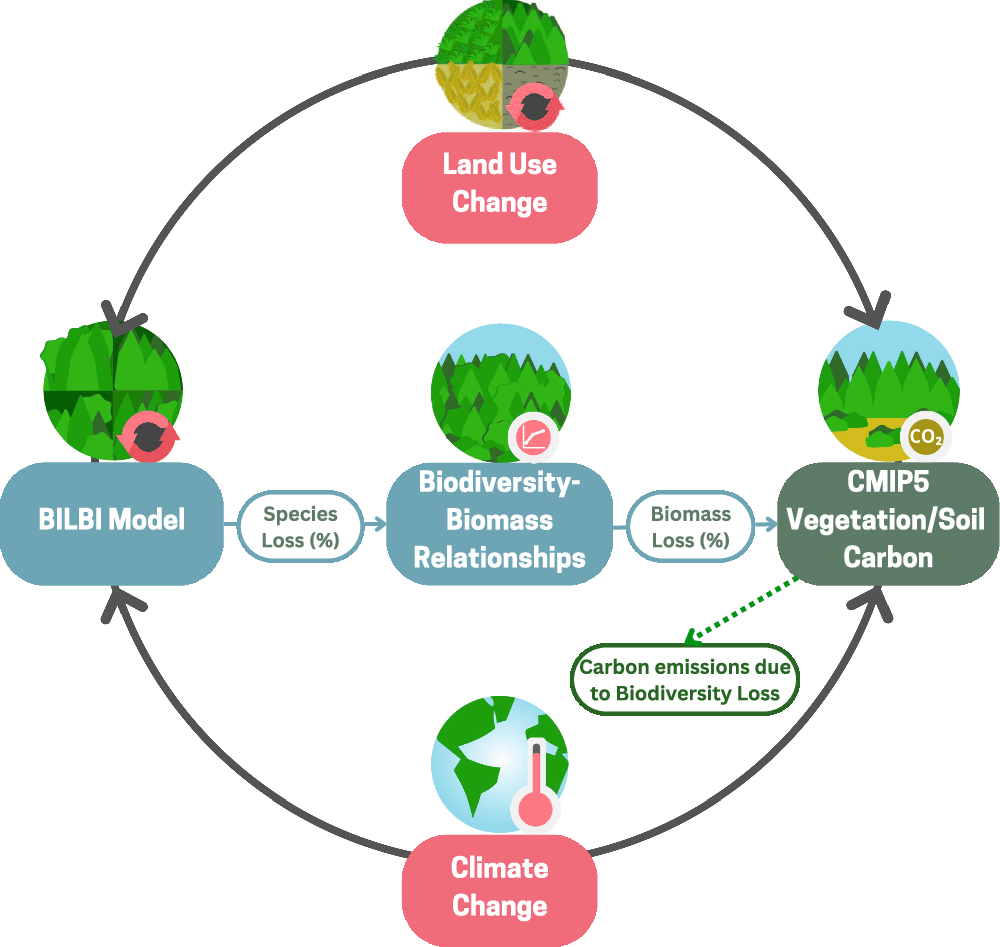Understanding the Interconnection Between Human Rights and Biodiversity
The Importance of Biodiversity for Human Rights
Biodiversity is essential for the full enjoyment of human rights. Without healthy ecosystems, we wouldn't have clean air, safe water, or nutritious food.
The UN Special Rapporteur on the issue of human rights obligations relating to the enjoyment of a safe, clean, healthy and sustainable environment underscored that all human rights ultimately depend on a healthy biosphere. Ecosystem services and biodiversity are necessary for the full enjoyment of human rights, showing the importance of fulfilling human rights obligations to biodiversity-related actions.
How Biodiversity Supports Fundamental Human Rights
Biodiversity underpins the proper functioning of ecosystems. These ecosystems provide essential services like clean air and water, climate regulation, and pollination.
These services directly support fundamental human rights, including the right to life, health, food, and water. For instance, diverse forests help regulate the climate and provide clean air, which are vital for human health.
The Role of Healthy Ecosystems in Sustainable Development
Healthy ecosystems are crucial for sustainable development. They provide resources and services that support economic activities and livelihoods.
Sustainable development goals, such as poverty eradication and food security, are closely linked to the health of ecosystems. For example, sustainable agriculture depends on healthy soils and diverse pollinators, ensuring food production for future generations.
The Impact of Biodiversity Loss on Human Rights
Consequences of Biodiversity Degradation
Biodiversity loss has severe consequences for human well-being and the enjoyment of human rights. Disruptions in ecosystems can negatively impact the full enjoyment of human rights.
These include the right to life, food, water, sanitation, and health. The degradation of ecosystems undermines the ability of communities to sustain themselves and thrive.
Effects on Food Security and Livelihoods

Biodiversity loss directly affects food security and livelihoods. Many communities, especially in developing countries, rely on natural resources for their sustenance.
For instance, overfishing can deplete fish stocks, impacting the livelihoods of fishing communities. Similarly, deforestation can reduce the availability of non-timber forest products, affecting those who depend on them.
Implications for Health and Wellbeing
The loss of biodiversity can have significant implications for health and wellbeing. Changes in ecosystems can increase the risk of infectious diseases.
Pollution and habitat destruction can lead to respiratory and other health issues. A healthy environment is crucial for physical and mental wellbeing.
Vulnerable Populations and Biodiversity Loss
Disproportionate Effects on Indigenous Peoples and Local Communities
Indigenous peoples and local communities are often the most affected by biodiversity loss. They have a close relationship with nature and rely on it for their livelihoods and cultural practices.
Studies have demonstrated that the territories of Indigenous Peoples who have been given land rights have been significantly better conserved than adjacent lands. The United Nations Declaration on the Rights of Indigenous Peoples (UNDRIP) affirms that indigenous peoples have the right to the conservation and protection of the environment and their lands, territories and resources.
Gendered Impacts of Environmental Degradation
Environmental degradation has different impacts on men and women. Women often play crucial roles in managing natural resources and ensuring household food security.
Biodiversity loss can exacerbate existing gender inequalities. For instance, women may have to travel longer distances to collect water or firewood, increasing their workload and reducing their time for other activities.
Integrating Human Rights into Biodiversity Action Initiatives
The Need for Rights-Based Approaches in Conservation
Conservation efforts must adopt a rights-based approach. This ensures that the rights of all individuals, particularly vulnerable populations, are respected and protected.
Human rights-based conservation is the most effective path forward to safeguarding the planet. Antarctic Marine Protected Areas are a good example of how conservation can be done effectively.
Overview of Human Rights-Based Conservation Strategies
Human rights-based conservation involves recognizing the rights of local communities. It also involves ensuring their participation in decision-making processes.
Strategies include securing land tenure, supporting traditional knowledge, and promoting sustainable livelihoods. For example, community-based natural resource management empowers local communities to manage their resources sustainably.
Case Studies: Successful Integration of Rights in Biodiversity Initiatives
Several case studies demonstrate the successful integration of human rights in biodiversity initiatives. In Namibia, giving local communities rights to benefit from wildlife on their land has helped national wildlife numbers grow six-fold.
These initiatives show that respecting human rights can lead to positive conservation outcomes. They highlight the importance of involving local communities as partners in conservation.
Policy Recommendations for Effective Integration
Key International Frameworks and Agreements

International frameworks and agreements play a crucial role in integrating human rights into biodiversity action. The Kunming-Montreal Global Biodiversity Framework (GBF) emphasizes a human rights-based approach to conservation.
Parties have agreed that the “implementation of the Framework should follow a human rights-based approach, respecting, protecting, promoting and fulfilling human rights”. This includes recognizing the human right to a clean, healthy, and sustainable environment.
Best Practices for National Biodiversity Strategies and Action Plans (NBSAPs)
National Biodiversity Strategies and Action Plans (NBSAPs) should incorporate human rights principles. The Office of the UN High Commissioner for Human Rights (OHCHR) has published a Guidance on integrating human rights in National Biodiversity Strategy and Action Plans (NBSAPs) to support UN Country Teams, States, policymakers and stakeholders in integrating human rights into their NBSAPs under the CBD.
Best practices include ensuring meaningful participation of all stakeholders, particularly marginalized groups. They also involve monitoring the impacts of conservation actions on human rights.
Biodiversity Action Plans and Social Justice
The Relationship Between Environmental Justice and Biodiversity
Environmental justice is closely linked to biodiversity conservation. Both aim to ensure a healthy environment for all, particularly for marginalized and vulnerable communities.
Environmental justice recognizes that the impacts of environmental degradation are often disproportionately borne by disadvantaged groups. Shark conservation efforts are an example of how environmental justice can be promoted through conservation.
Understanding Social Justice in the Context of Biodiversity Conservation
Social justice in biodiversity conservation involves addressing inequalities. This is done by ensuring equitable access to resources and benefits.
It also involves recognizing the rights of all individuals to a healthy environment. Conservation initiatives should strive to enhance social equity and justice.
The Role of Community-Based Approaches in Biodiversity Action Plans
Community-based approaches are essential for integrating social justice into biodiversity action plans. These approaches empower local communities to manage their resources sustainably.
They also ensure that conservation efforts benefit local populations. For example, community-managed protected areas can enhance both biodiversity conservation and local livelihoods.
Addressing Inequality Through Biodiversity Initiatives
Strategies for Empowering Marginalized Communities
Empowering marginalized communities is crucial for addressing inequality through biodiversity initiatives. This can be achieved by securing land tenure.
Providing access to resources and supporting sustainable livelihoods are also important. For instance, promoting eco-tourism can generate income for local communities while conserving biodiversity.
Ensuring Participation and Representation in Conservation Efforts

Conservation efforts must ensure the participation and representation of all stakeholders. This includes marginalized and vulnerable groups.
Participatory approaches can help ensure that conservation initiatives are equitable and effective. For example, involving indigenous peoples in the management of protected areas can enhance conservation outcomes and respect their rights.
The Future: Sustainable Solutions for Human Rights and Biodiversity
Innovative Approaches to Biodiversity Conservation
Technological Advances Supporting Biodiversity and Human Rights
Technological advances offer new opportunities for biodiversity conservation and the protection of human rights. Remote sensing can monitor deforestation and wildlife populations.
Data analytics can help identify conservation priorities. Mobile technology can facilitate communication and participation in conservation efforts.
Collaborative Frameworks Between Governments, NGOs, and Local Communities
Collaborative frameworks are essential for effective biodiversity conservation. Partnerships between governments, NGOs, and local communities can enhance conservation outcomes.
They can also promote social justice. For example, joint management of protected areas can ensure that conservation efforts benefit local communities and respect their rights.
The Role of International Cooperation in Promoting Biodiversity and Human Rights
Global Partnerships and Their Impact on Local Biodiversity Efforts
Global partnerships play a crucial role in promoting biodiversity and human rights. International cooperation can facilitate the sharing of knowledge, resources, and best practices.
It can also support local biodiversity efforts. For example, international funding can support community-based conservation initiatives.
Future Prospects for Human Rights and Biodiversity Conservation Initiatives
The future of human rights and biodiversity conservation depends on continued collaboration and innovation. Integrating human rights into biodiversity action is essential for achieving sustainable development goals.
It is also essential for ensuring a healthy planet for future generations. By working together, we can create a future where both people and nature thrive.
Conclusion
The Imperative of an Integrated Approach to Biodiversity and Human Rights
Integrating human rights into biodiversity conservation is not just an option—it's a necessity. The health of our planet and the well-being of humanity are intrinsically linked.
By adopting a rights-based approach, we can ensure that conservation efforts are both effective and equitable. This integrated approach is essential for achieving long-term sustainability and protecting the rights of all individuals.
Call for Action: Prioritizing Human Rights in Environmental Policies
It is imperative that we prioritize human rights in all environmental policies and initiatives. Governments, organizations, and individuals must work together to ensure that conservation efforts respect and promote human rights.
By doing so, we can create a more just and sustainable world for present and future generations. The time to act is now, to safeguard our planet and uphold the dignity and rights of all people.
Key Takeaways:
- Biodiversity is crucial for human rights, providing essential ecosystem services like clean air, water, and food.
- Biodiversity loss disproportionately affects vulnerable populations, including indigenous peoples and marginalized communities.
- Integrating human rights into conservation is essential for effective and equitable biodiversity action.
- Community-based approaches empower local communities and ensure conservation benefits are shared equitably.
- International cooperation and innovative technologies are vital for future biodiversity and human rights initiatives.
